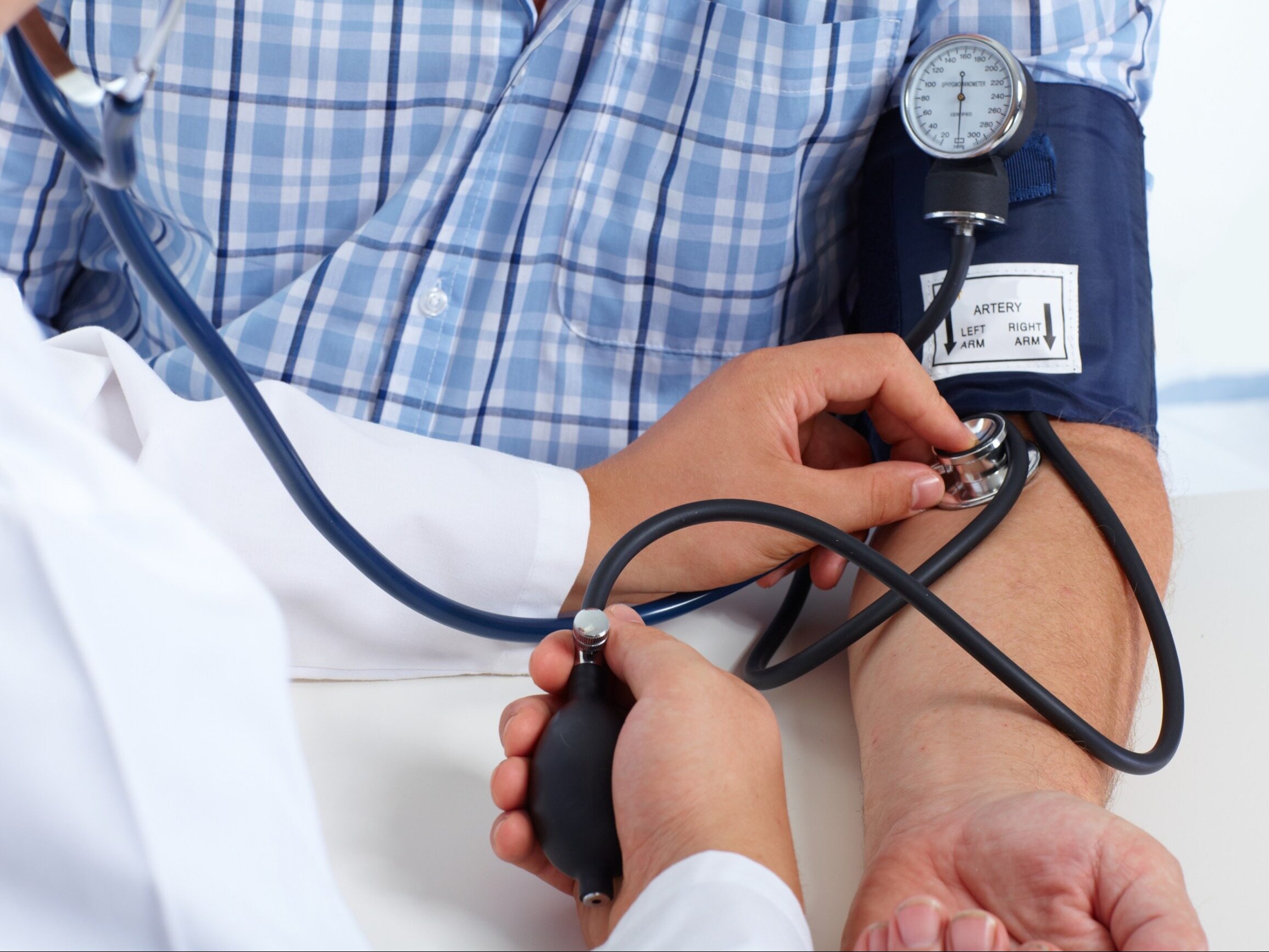How to measure blood pressure correctly? Many people make this not obvious mistake

Measuring blood pressure is quite a simple activity, but it requires following several important rules. Many people forget about one of them in particular. This carelessness results in falsified test results. Check what mistakes to avoid when measuring your blood pressure.
How to measure blood pressure correctly? Several factors are crucial. What is important, among other things, is what we do before the examination. Do not take measurements immediately after eating, exercising or smoking. The results may also be distorted by fever, drinking alcohol and coffee, or experiencing strong emotions, such as anger, sadness or joy. Stress associated with, for example, a visit to the doctor has a similar effect. The sight of a white coat often leads to a temporary increase in blood pressure. There is also a less obvious factor that increases them. See what exactly is going on.
A less known cause of increased blood pressure
Before you start measuring your blood pressure, you should: empty your bladder. This is an important condition that many people forget about. Such carelessness has very serious consequences. It overestimates the test results by up to 10-15 mmHg, and as a result, it may lead to an incorrect diagnosis and the implementation of inappropriate treatment. It is worth recalling that in 2023, the Polish Society of Cardiology and the Polish Society of Hypertension introduced new standards for blood pressure values.
Normal blood pressure values
The modified guidelines take into account the patient's age. In adults under 65 years of age, normal blood pressure values range from 120 to 129/70-79 mm/Hg. In the 65+ group, these norms are slightly higher and amount to 130-139/70-79 mm/Hg and 130-149/70-79 mm Hg (for people over 80 years of age).
Other factors affecting the reliability of blood pressure measurement
It is worth remembering to measure blood pressure in the appropriate position. You can do it lying down (supine) or sitting. If you choose the second method, remember a few important rules:
-
sit comfortably in a chair with your back straight and supported,
-
place both feet on the ground,
-
don't cross your legs,
-
rest your forearm (and wrist, if you are using a wrist blood pressure monitor) on a table or other flat surface,
-
place the cuff 2-3 cm from the bend of the elbow (at heart level).
Try to check your blood pressure at regular times of the day (regardless of the position in which you take the measurement). Remember that hypertension in the initial stages of development does not cause any obvious symptoms. Their occurrence is a sign that the disease has already developed. That's why proper prevention is so important.






